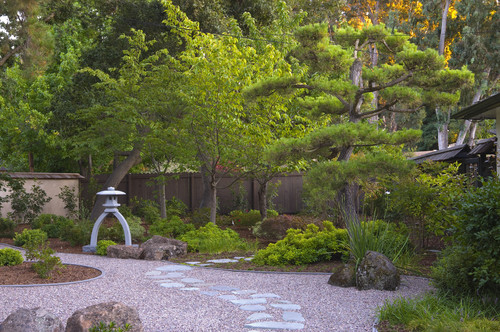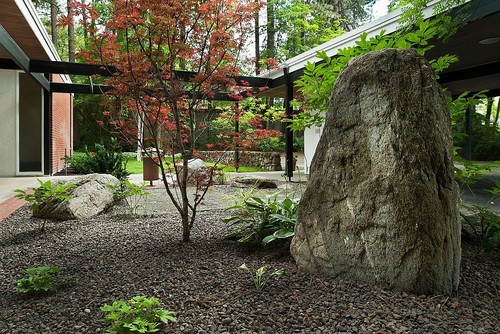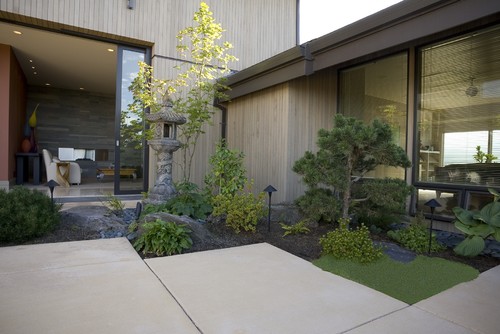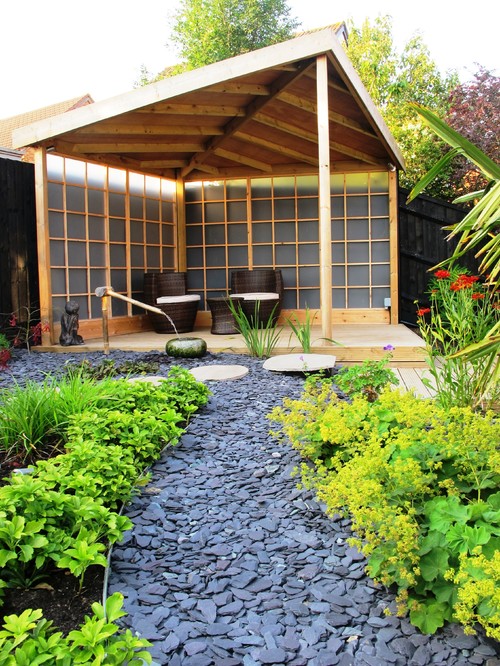How to Design a Traditional Japanese Garden
BY WIKILAWN | JANUARY 23RD, 2016 | GARDEN DESIGNTraditional Japanese gardens are known for their unique style that combines trees, flowers, water, rocks, bridges and architectural elements in a miniature landscape. Inspired from traditional Chinese gardens, Japanese gardens have their own character formed by amalgamation of cultural elements and horticultural techniques.
Water basins, water cascades, rocks and sand, traditional lanterns, and typical cherry, ginkgo, maple, pine, and bamboo trees are basic elements of a traditional Japanese garden. You can also spot small islands, private pavilions, miniature towers and Japanese pagodas, bamboo screens, and traditional gates in a Japanese gardens. A typical Japanese garden grows moss, evergreen trees, and horticultural structures like bonsai and topiary.
Also see: How to Use Bonsai in Your Home Interior
Designing a Japanese garden requires a careful selection of all of these design elements combined in a miniature landscape that uses a lot of vertical and horizontal blank space.
Recommended Books:
- The Art of the Japanese Garden by Michiko Young
- Create Your Own Japanese Garden: A Practical Guide by Motomi Oguchi
- Japanese Gardens: Tranquility, Simplicity, Harmony by Kimie Tada
- Kyoto Gardens: Masterworks of the Japanese Gardener’s Art by Judith Clancy
13 Ideas for a Traditional Japanese Garden
Browse the following examples of traditional and modern Japanese gardens. I am sure you will find many useful ideas for your next landscape project.












